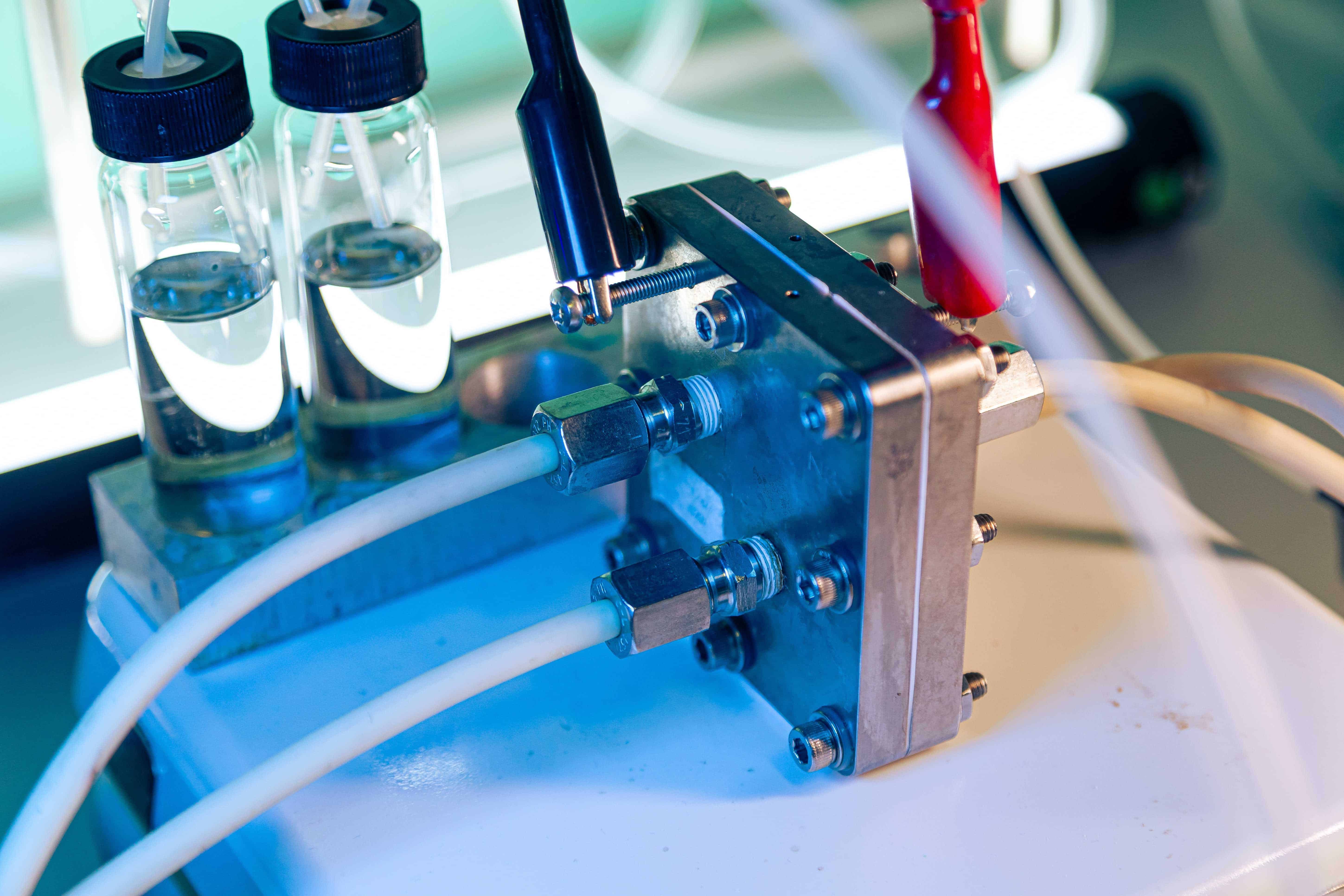
Small ruthenium particles and a solar-powered system for water electrolysis proved to be a good combination for producing hydrogen. This solution was identified by a joint team involving the Istituto Italiano di Tecnologia (Italian Institute of Technology, IIT) of Genoa and BeDimensional S.p.A. (an IIT spin-off). The technology is based on a new family of electrocatalysts that could reduce the costs of green hydrogen production on an industrial scale, informs the IIT in a press release.
- Researchers at the Italian Institute of Technology found a cheaper and more efficient way to produce green hydrogen;
- The process relies on ruthenium particles and a small water electrolyzer.
Hydrogen is considered an alternative to fossil fuels. But not all hydrogen is the same when it comes to environmental impact. Indeed, the main way hydrogen is produced nowadays is through methane steam reforming, a fossil fuel-based process that releases carbon dioxide (CO2) as a by-product. The hydrogen produced by this process is classified as “grey” (when CO2 is released into the atmosphere) or “blue” (when CO2 undergoes capture and geological storage). New green hydrogen production processes are needed to significantly reduce emissions to zero by 2050. The cost of “green” hydrogen critically depends on the energy efficiency of the setup (the electrolyzer) that splits water molecules into hydrogen and oxygen.
Maximizing efficiency
The researchers from the joint team of this discovery have developed a new method that guarantees greater efficiency than currently known methods in converting electrical energy (the energy bias exploited to split water molecules) into the chemical energy stored in the hydrogen molecules produced. The team has developed a concept of a catalyst and has used renewable energy sources, such as the electrical energy produced by a solar panel.
“In our study, we have shown how it is possible to maximize the efficiency of a robust, well-developed technology despite an initial investment slightly greater than what would be needed for a standard electrolyzer. This is because we are using a precious metal such as ruthenium”, commented Yong Zuo and Michele Ferri from the Nanochemistry Group at IIT in Genoa.

Ruthenium convenience
Ruthenium is a precious metal similar to platinum in its chemical behavior but far cheaper. It is obtained in small quantities as a by-product of platinum extraction (30 tonnes per year, compared to the annual production of 200 tonnes of platinum) but at a lower cost (18.5 dollars per gram as opposed to 30 dollars for platinum). The new technology involves the use of just 40 mg of ruthenium per kilowatt, in stark contrast with the extensive use of platinum (up to 1 gram per kilowatt) and iridium (between 1 and 2.5 grams per kilowatt, with iridium price being around 150 dollars per gram) that characterize proton-exchange membrane electrolyzers.
By using ruthenium, the researchers at IIT and BeDimensional have improved the efficiency of alkaline electrolyzers, a technology that has been used for decades due to its robustness and durability. For example, this technology was on board of the Apollo 11 capsule that brought humanity to the moon in 1969. The new family of ruthenium-based cathodes for alkaline electrolyzers that has been developed is very efficient and has a long operating life, therefore capable of reducing the production costs of green hydrogen.

